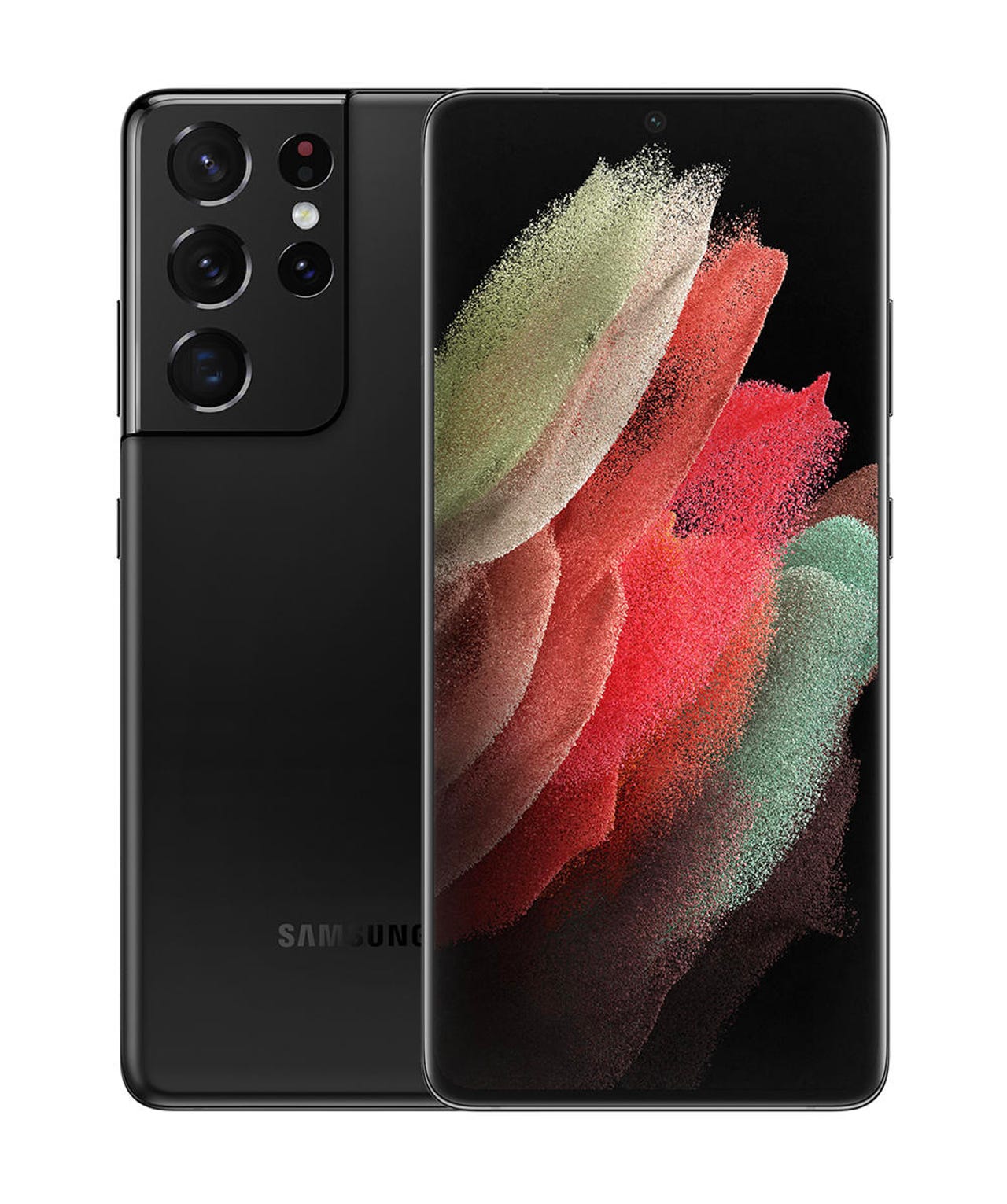Samsung touts 'intelligent display' on Galaxy S21


Image: Samsung
Samsung Electronics aimed to create an "intelligent display" for its recently launched Galaxy S21 line of smartphones, a company executive said.
"In smartphones screens, I think we are close to reaching the limit in feeling the difference in terms of resolution and colour," said Yang Byung-duk, VP of core component technology team at Samsung Mobile, in an interview with ZDNet.
"At the same time, there are many things that consumers take for granted in their smartphone screens, such as limited outdoor visibility. So our goal for the past couple of years has been to develop an intelligent display that could understand its surrounding in order to calibrate itself to offer an optimised experience for each consumer," Yang said.
"And the key to intelligence is that the phone does it for you automatically."
The Galaxy S21 series devices have Dynamic AMOLED 2x Infinity-O displays as screens and offer an adaptive 120Hz refresh rate. The 6.2-inch Galaxy S21 and 6.7-inch Galaxy S21 Plus offer a FHD+ 2,400x1,080 resolution while the 6.8-inch Galaxy S21 Ultra offers QHD+ in 3,200x1,440 resolution.
"120Hz refresh rate on our screens were very well received by consumers as it offers smoother screen transitions. But at the same time, the feature takes up more power. So we added an intelligent feature where the screen can lower the frequency in situations where 120Hz is not needed," the VP said. "This allowed us to offer a screen that consumes less power but offers super-fast screen transitions."
The refresh rate on the Galaxy S21 and Galaxy S21 Plus can drop down to 48Hz when needed, while the Galaxy S21 Ultra can drop down to 10Hz. The screen on the Ultra model has additional transistors with less current leakage, which allows the device to hold that lower frequency.
Galaxy S21 Ultra also offers a peak brightness of 1,500 nits. Samsung improved the efficiency by using organic materials while optimising the driving voltage, the VP said.
"Peak brightness isn't really always needed, but it comes into play when smartphones are used outdoors. One of the biggest complaints by consumers in smartphones screen is outdoor visibility, especially when they are using the camera -- people want to check whether they have taken good photos," Yang said.
"So the intelligent display detects whether a user is in such a situation, and boosts brightness and contrast ratios in certain areas of the screen to offer increased visibility so they can view their photo with ease," he said.
The Galaxy S21 series also has an upgraded eye comfort shield that controls the blue light emission from screens. High exposure to blue light is known to cause eye fatigue and disrupt sleep. Previous iterations of this technology in Samsung devices lowered the colour temperature at set times to lower blue light emission from the screen, the VP said.
But the new smartphones analyse the consumer's use time and pattern daily to calibrate the colour temperature, he said. For instance, the phone can detect the accumulated amount of blue light in a given day, and may start lowering the colour temperature earlier than usual if it considers them to be too high so as to not disrupt sleep. It will also lower the colour temperature when users watch brighter content that emits more blue light than usual.
Samsung Mobile VP Yang Byung-duk
"Display technology is more complex today than before. Our hardware and software teams collaborate a lot to overcome complicated problems that arise in development," Yang said.
"Our goal is to offer personal optimisation in smartphones for each consumer. Having an intelligent display is a way to achieve that. And an intelligent display is made with a mixture of hardware and software power, such as artificial intelligence, machine learning, and computing power."
Samsung also integrated its S Pen stylus with the Galaxy S21 Ultra, the first time the company has ever added a pen for the S series. There were many optimisation efforts on the display to support the S Pen, Yang said, as it is fitted on the device differently from the Note series. The firm added a digitiser layer so that the display could read the stylus' input while still allow for the S pen to be fitted on the sides, he said.
Samsung was the first company to adopt OLED for smartphones, when it was still considered to be inferior to liquid crystal displays. Today, more and more smartphones from different vendors are adopting OLED for their phones.
"I think we saw the benefits of OLED early on. I think we have made multiple breakthroughs in the technology throughout the years; such as the use of polymer that allowed for a curved design. Then a few years ago we introduced Dynamic AMOLED, which we believe showed a jump up in terms of contrast ratio, colour, and high dynamic range."
"Our goal ultimately is to have all the components hide behind the screen.
"There were the large bezels, but we removed those, while introducing the hole display. We have many new technologies in the pipeline, but at the same time, we want to offer technologies that completely fit with our company's values. It is really about how to use such technologies to make a device that can improve usability and sanctification for the consumer," Yang said.
Related Coverage
- Samsung dances to Apple's tune again and it's getting dull
- Samsung Galaxy face off: Is the S21 Ultra or Note 20 Ultra best for business?
- Samsung Electronics leader gets 2.5-year sentence in bribery retrial
- Samsung opens S Pen ecosystem to third-parties, announces S Pen Pro
- Samsung Galaxy Note's future in question amid Galaxy S21 Ultra launch